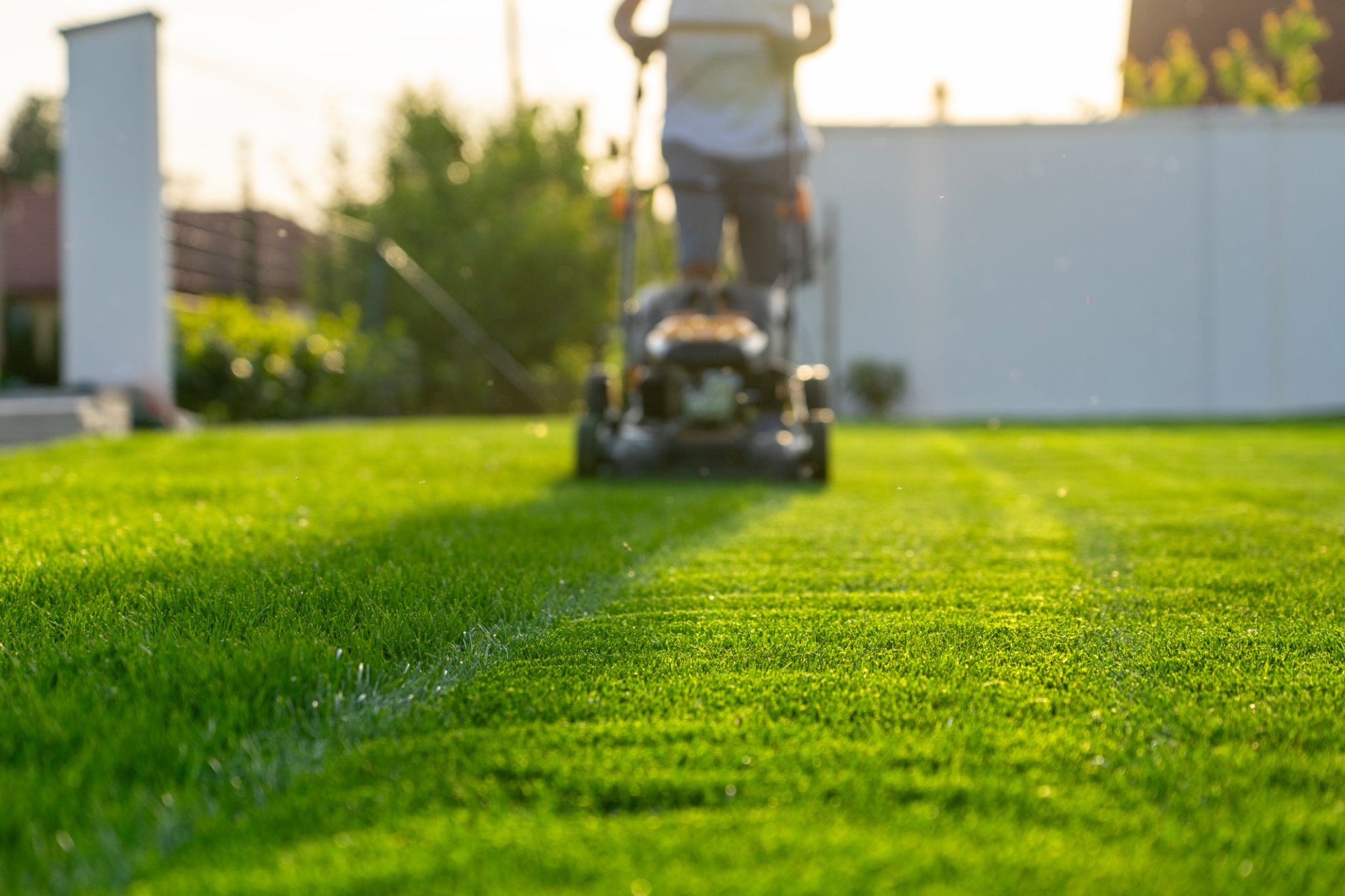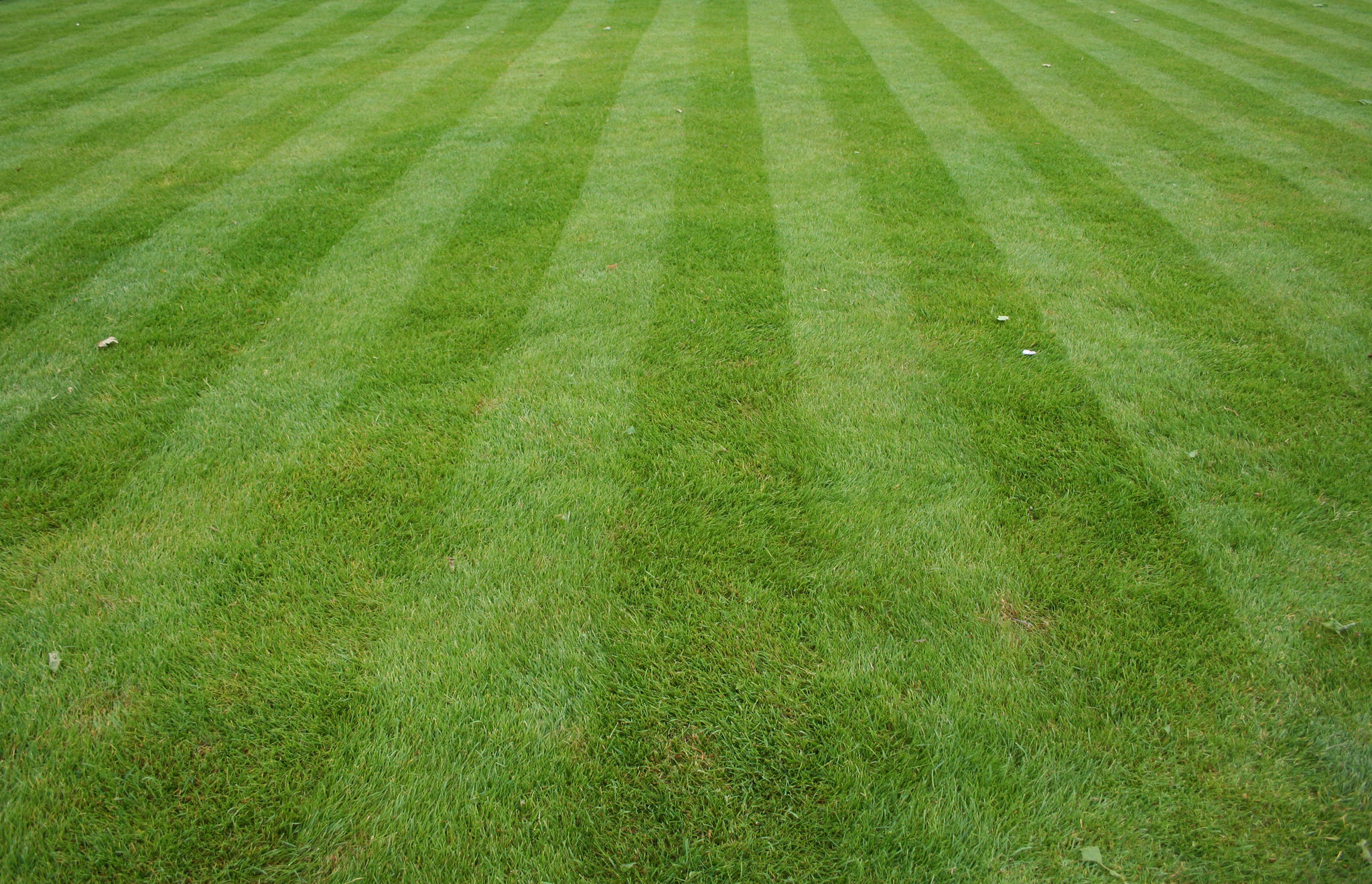Debunking Common Lawn Care Myths
Understanding Lawn Care Myths
Lawn care is a subject surrounded by numerous myths and misconceptions. While some of these myths are harmless, others can lead to practices that may actually harm your lawn. Here, we aim to debunk some of these common myths and provide clarity for those looking to maintain a lush and healthy lawn.

Myth 1: Watering Daily is Essential
One of the most prevalent myths is that lawns need to be watered daily. In reality, frequent shallow watering can lead to weak root systems. Instead, it's better to water deeply but less often. Aim for about one inch of water per week, including rainfall, which encourages roots to grow deeper and more resilient.
Myth 2: Cutting Grass Shorter Means Less Mowing
Another common misconception is that cutting your grass very short will save you time by reducing the frequency of mowing. However, mowing too short can stress your lawn and make it more susceptible to disease and pests. The ideal practice is to follow the "one-third rule": never remove more than one-third of the grass height at any one time.

Myth 3: Leaving Grass Clippings Hurts Your Lawn
Some people believe that leaving grass clippings on the lawn will cause damage or lead to thatch buildup. On the contrary, grass clippings can provide valuable nutrients to your lawn as they decompose. This practice, known as grasscycling, can reduce the need for additional fertilizers.
The Truth About Fertilizers
The use of fertilizers is another area filled with misconceptions. While it's true that fertilizers can boost lawn health, they must be applied correctly.
Myth 4: More Fertilizer Equals a Greener Lawn
Over-fertilizing does not equate to a greener lawn. In fact, it can cause nutrient burn and damage your grass. It's crucial to follow application guidelines and consider performing a soil test to determine your lawn's specific needs.

Myth 5: All Fertilizers Are the Same
Not all fertilizers are created equal. Different formulations cater to various types of grass and soil conditions. Understanding the specific needs of your lawn will help in choosing the right product, ensuring optimal growth and health.
Aerating and Dethatching Misunderstandings
Aerating and dethatching are critical lawn care practices often misunderstood.
Myth 6: Aeration is Unnecessary for Lawns
Some believe aeration is unnecessary, but compacted soil can limit root growth and water absorption. Aerating helps alleviate soil compaction, allowing air, water, and nutrients to penetrate deeper into the root zone.
Myth 7: Dethatching Should Be Done Annually
Dethatching is only necessary when thatch layers exceed half an inch in thickness. Overenthusiastic dethatching can damage your lawn. Assess your lawn's thatch levels before deciding on this action.
By debunking these myths and aligning your practices with proven lawn care techniques, you can cultivate a healthier, more robust lawn that enhances your outdoor space.